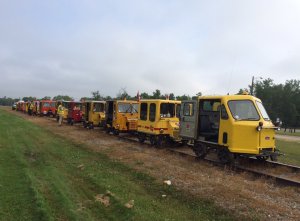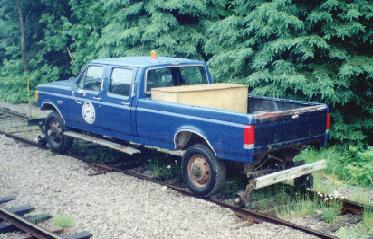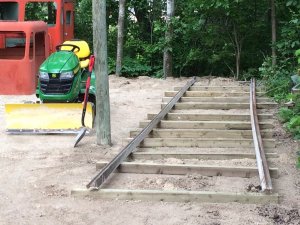Hawkesburytrain
Well-Known Member
Being completely illiterate when it comes to train, what was a Speeder used for?
When it come out of the shack and arrives at the main tracks which is perpendicular, how does it get on?
Could it be used to move cars on industry spurs? (if that's the term)
For example, if a hopper is being emptied, how does the second one gets moved to be emptied, third, fourth etc?
Thanks
When it come out of the shack and arrives at the main tracks which is perpendicular, how does it get on?
Could it be used to move cars on industry spurs? (if that's the term)
For example, if a hopper is being emptied, how does the second one gets moved to be emptied, third, fourth etc?
Thanks





